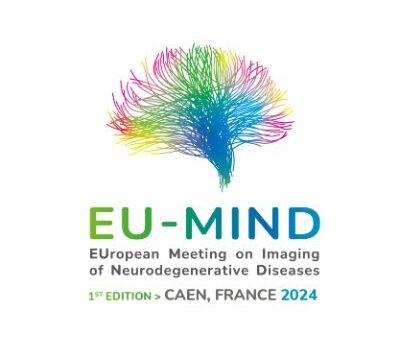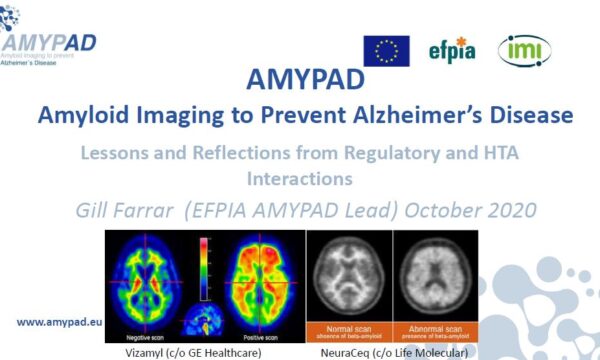The AMYPAD Prognostic and Natural History Study (PNHS) was an open-label, prospective, multicentre, cohort study aiming to understand the role of amyloid positron emission tomography (PET) imaging in the earliest stages of Alzheimer’s disease (AD). The study was established to collect amyloid PET scans in a large-scale population and included participants from 11 European parent cohorts of similar characteristics in a predementia phase. In this article, we provide an overview of the PNHS data accessibility, a snapshot of the year 2023, and a glimpse into the future with the Euro-PAD consortium.
PNHS Data Access
The valuable data generated by the PNHS is available to the research community through the Alzheimer’s Disease Data Initiative (ADDI) on the AD Workbench, a global, free, and cloud-based platform. Researchers interested in accessing the data can submit a one-page proposal online, with a swift expected response time ranging from one (Harmonized) to two months (Raw) via the AD Workbench. More information on the data access procedure can be found here. If you are requesting access to the AMYPAD PNHS dataset, you should accept the responsible use of the data under the terms described here.
Snapshot of 2023
2023 marked a significant chapter in the post-IMI era, the first year since the project funding was over, witnessing continued vibrancy and progress. Several advancements enriched the PNHS landscape:
- Global Engagement: Results from the AMYPAD PNHS were presented at multiple conferences such as AD/PD, AAIC, and EANM.
- Collaborative Symposium: A landmark event occurred in May with the inaugural Euro-PAD symposium held in London, kindly sponsored by GE and LMI, which showed the strength of cross-cohort and pan-European collaboration, sparkled by our work in the PNHS.
- Scientific Contributions: The year saw the publication of four papers directly linked to the PNHS, along with seven publications from the whole AMYPAD consortium.
- New collaborations: more than 20 studies are ongoing, promising more insights in 2024.
- Data accessibility: The first release of the AMYPAD PNHS dataset in June marked a major milestone.
- Dissemination activities: Numerous activities were performed including newsletters, social media, flyers, and lectures.
The Future of the PNHS Dataset
The work performed by the AMYPAD PNHS group was not concluded with the release of the integrated dataset in June 2023. Multiple activities have been performed over the past months to further improve and expand the dataset (e.g. MRI, genetic). This work has been partially supported by ADDI through a three-year contract signed with VUmc. Ongoing efforts focus on maintenance tasks (i.e. ensuring data quality and supporting researchers in data access), enhancement of the data set (i.e. inclusion of new variables), and integration of new cohorts in the PNHS dataset.
From AMYPAD PNHS to Euro-PAD:
While PNHS centered around amyloid PET, the growing interest in other biomarkers (e.g. genetics, plasma, advanced MR, tau PET) prompted the evolution into the Euro-PAD consortium, a new project with a broader scope. This initiative was started about a year ago and builds upon the collaborative framework of AMYPAD PNHS, expanding its horizons by including more data sources and parent cohorts, always with a focused interest in the early detection of Alzheimer’s disease. Euro-PAD consolidates and expands previous partnerships, including cohorts like EPAD-LCS, EMIF-AD, AMYPAD-PNHS, ALFA+, Prevent-AD, Microbiota, and SCIENCe.
Anticipation surrounds the second Euro-PAD symposium, a two-day meeting that will take place in May 2024 in Amsterdam. We are very much looking forward to discussing progress and advancements with all collaborators! Stay tuned!
HMA-EMA Catalogue:
The AMYPAD PNHS metadata is now available at the HMA-EMA Catalogue. It is available here for public viewing here. The HMA-EMA Catalogues are repositories of metadata collected from real-world data (RWD) sources and RWD studies. They are intended to help regulators, pharmaceutical companies and researchers to identify and use such data when investigating the use, safety and effectiveness of medicines.



